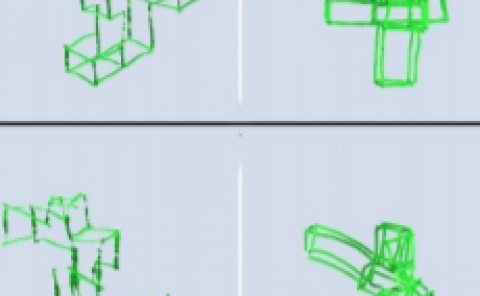Angular Dependence of the Spatial Resolution in Virtual Reality Displays
PubDate: May 2020
Teams: Center for Devices and Radiological Health
Writers: Ryan Beams; Brendan Collins; Andrea S. Kim; Aldo Badano
PDF: Angular Dependence of the Spatial Resolution in Virtual Reality Displays

Abstract
We compare two methods for characterizing the angular dependence of the spatial resolution in virtual reality head-mounted displays (HMDs) by measuring the line spread response (LSR) across the field of view (FOV) of the device. While slanted-edge is the standard method for determining the resolution of cameras, the standard approach for display devices is to used a line or edge aligned to the display pixel array. However, applying the LSR to head-mounted displays (HMDs) presents additional challenges due to the neareye optics. The LSRs of the HTC Vive and HTC Vive Pro were measured using a line of single white pixels by setting the red, green, and blue subpixels at maximum driving level. The white line was swept along a single direction over a 30° range in the FOV and the spatial resolution was measured using two approaches: wide-field and angle-scanning. In the wide-field method, the 30° FOV is imaged onto a stationary camera. In the second method, the camera is rotated across the FOV such that the white line remains static on the camera with the rotation axis located behind the lens to mimic the human visual system. The results show that the wide-field method overestimates the spatial resolution of the HMD by approximately 40% for angles larger than 10°. Consistent results obtained for the Vive and the Vive Pro indicate that the cause of the resolution limitation depends on the location in the FOV. The limitation in the center of the FOV is the pixel density, whereas, the off-axis spatial resolution is limited by optical components. Achieving high resolution VR HMDs requires system-wide design and technology improvement.



